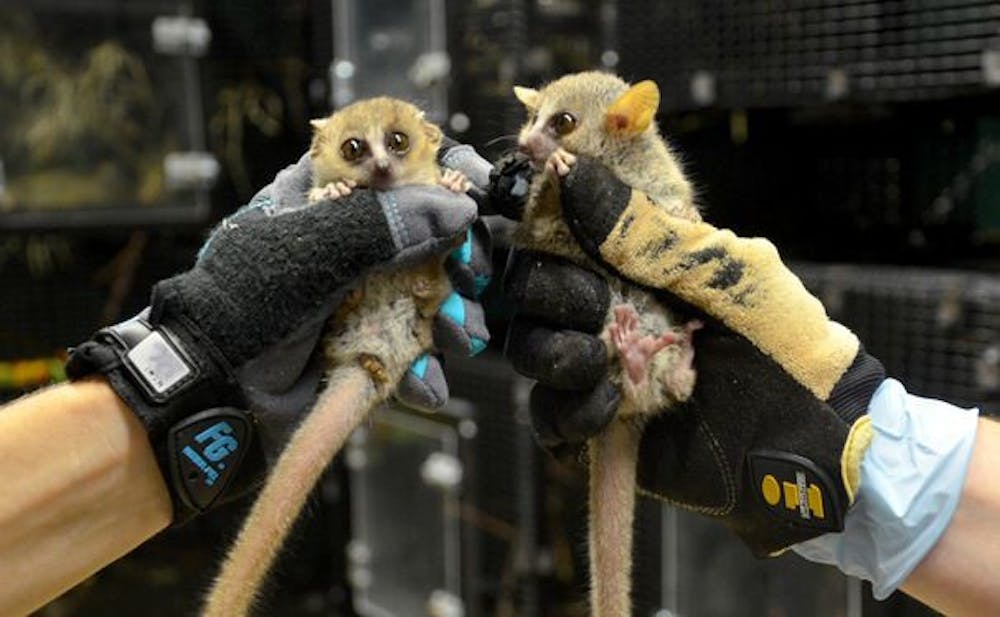A significant proportion of the Duke Lemur Center’s future funding is set to be terminated indefinitely.
The center is funded in part by a federally-funded grant from the National Science Foundation—called “Collections in Support of Biological Research”—which was put on hiatus last month. The grant contributed $185,253 from April 2015 until March 2018 and has committed to $251,672 between July 2016 and June 2018, according to The Triangle Business Journal.
Anne Yoder, director of the DLC and professor of biology, said that the funding withdrawal could potentially have adverse effects on the center’s work.
“The CSBR fund has been absolutely critical for the continuation and advancement of research, engagement and conservation efforts of the DLC,” Yoder said.
The Lemur Center’s $2.4 million annual operating budget comes from several sources—including the NSF grant, the University, donations, tours and merchandise and endowments, according to the center’s website. The center, which was established in 1966, has the second-largest population of lemurs in the world, outside of Madagascar.
The grant was placed on hiatus by the Directorate for Biological Sciences as a result of the fiscal year 2017 budget request, according to the NSF website.
The language from the budget request states that emphasis will be placed on “evaluation, impact and scalability to gauge where support from NSF/BIO will make a difference,” according to the NSF website.
Yoder noted that the funding from the NSF grant pays for staff salaries and an indefinite loss of funding could mean eventually having to drop one of the center’s three mission goals—which are research, engagement and conservation.
She emphasized the importance of spreading awareness of the cause in order to stir more philanthropic engagement, highlighting the center’s public tours as a reliable source of revenue.
“The tours program represents a win-win because we’re making money off the program while simultaneously spreading awareness of the cause,” Yoder said. “[The DLC] is the only place in the world, outside of Madagascar, where [tourists] can have that experience.”
The CSBR currently provides funds to maintain and preserve biological specimens—a category that includes everything from fossils to living tissue collections. The program typically awards between $3 million and $5 million each year.
The grant also contributed $195,711 to another North Carolina institution, the State Museum of Natural Sciences, beginning April 1, 2015.
Yoder identified a “national crisis” being faced in federal support for scientific research, although she said that the NSF is responding well to this situation.
“They are reacting in an understandable way by reevaluating their priorities for the distribution of funding,” Yoder said.
The living and fossil collections at the center, which are an accumulation of 50 years of expertise, are critical to advancing new knowledge and cannot be duplicated, Yoder said.
She also said some of the research currently being conducted at the center—including studies on understanding disease transmission, primate brain functioning and climate change effects—are foundational in the scientific community.
“Our investigators are deeply involved in both curiosity-driven basic science and in science that can be applied to the human condition,” Yoder said.
Correction: The headline for this article was updated for clarity.
Get The Chronicle straight to your inbox
Signup for our weekly newsletter. Cancel at any time.

